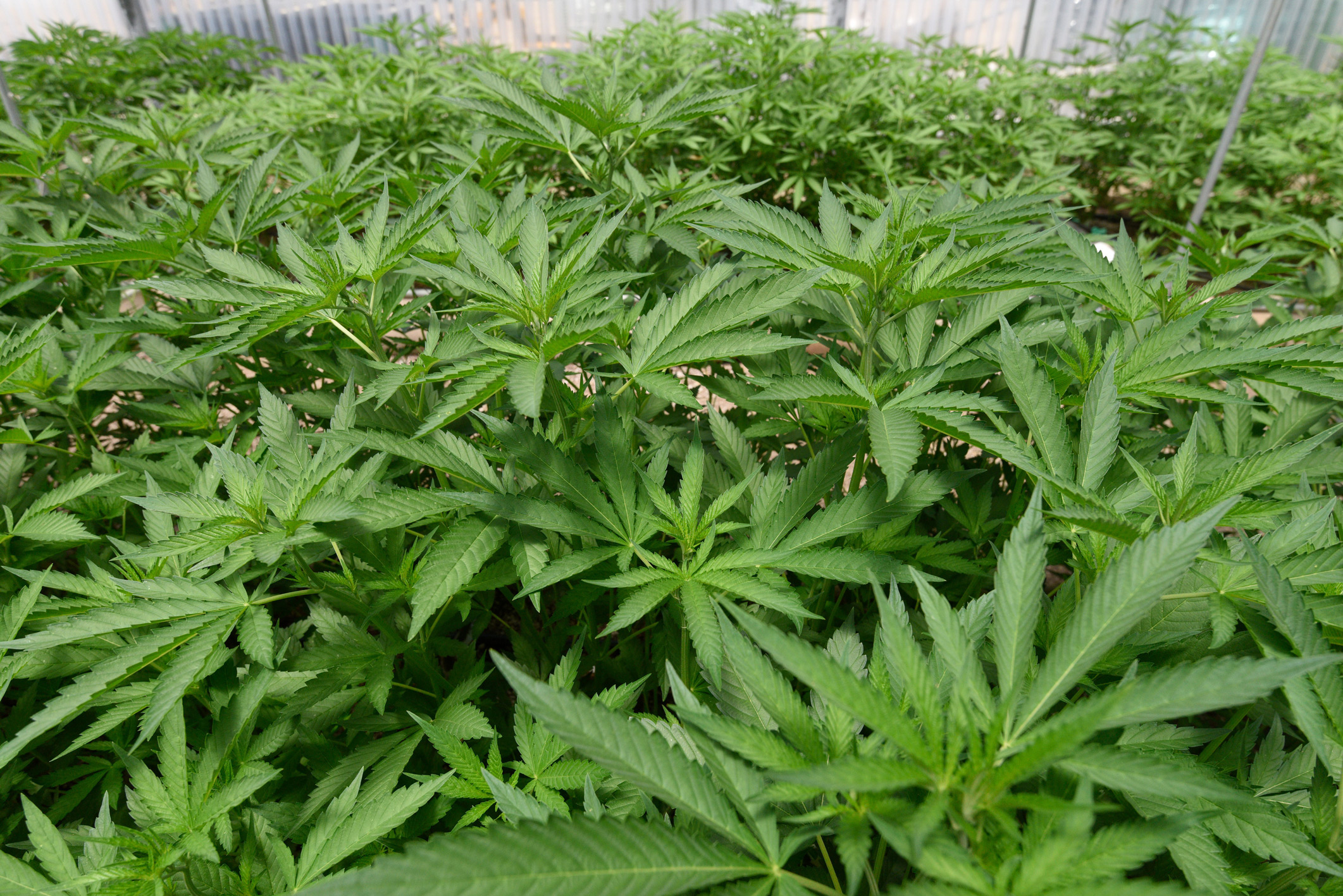Medical Professionals Brace for Cannabis
Preparing for Public Effects of Legal Recreational Pot

A group of about 30 law enforcement, medical, and treatment professionals met behind closed doors Wednesday at Cottage Hospital to brace for the full legalization of cannabis.
Three months before recreational marijuana becomes widely available, Santa Barbara medical professionals are grappling with the potential health impacts of what many people believe will be increased use.
Dr. Charity Dean, the county’s public health officer, presented to “Fighting Back Santa Barbara,” a group that promotes awareness of the dangers of drug use among young people. She talked about research she has done in the last year on the positives and negative impacts of cannabis. The upshot is nobody knows for sure.
“Because cannabis is a Schedule 1 drug, it’s difficult for researchers to get access to it so the studies on it are totally different from each other,” Dean said. “We will know more in 20 years or 50 years.”
We do know, she told Fighting Back, there is substantial evidence for both positive and negatives consequences. She said research shows marijuana relieves chronic pain, treats nausea in patients undergoing chemotherapy, and can help multiple sclerosis patients who suffer from muscle spasms.
But there is also substantial evidence, Dean said, that babies born to mothers who use cannabis while they are pregnant or breastfeeding causes lower birth weights. Heavy users can develop chronic bronchitis. Frequent users can develop schizophrenia or other psychosis. Cannabis use can affect the developing brain until age 25. She added that being male and smoking cigarettes are risk factors.
“The brain continues to develop into the mid and late twenties,” said Dr. Paul Erikson, who specializes in psychiatry at Cottage Hospital and attended Wednesday’s meeting. “There is a concern [young adults] are going to be a vulnerable population.”
The public’s perception is that marijuana is a fairly benign substance, Erikson said. That’s true except for some populations such as young adults who become heavy users. “I don’t think the medical community is expecting things to be that much different,” he said, noting that medical marijuana is widely available. “There is no established evidence that marijuana is an established treatment for these things,” he said.
Erikson works with emergency room doctors who have seen patients with large amounts of THC in their systems. One of those doctors, Dr. Jason Prystowsky, said he is seeing more marijuana users who smoke seven days a week who show signs of cannabinoid hyperemesis syndrome — vomiting, nausea, and abdominal pain.
“You can expect to see an increase in overdoses predominantly in edibles,” he said. “Usually people’s exposure is smoking. It’s hard to overdose smoking [because people] get tired and go to sleep.” He also warned that edibles could be accessed by small children, attracted by bright packing for pot brownies or cookies. In other manufactured products, the cannabis industry is moving toward cannabis oils.
“Just because it’s legal and available does not mean that it’s always safe and does not mean you can use as much,” Prystowsky said. He could not say how much is too much. “When I see them in the emergency room, it’s not a gray area. We don’t see the ones that did almost too much.”
It’s like alcohol, he said. Emergency-room doctors at the Cottage Hospital in Goleta see a lot of 18- and 19-year-old college students from Isla Vista. “Once people turn 21, we see a spike because all of a sudden it became more available,” he said. “In the drug culture, very rarely are they smoking marijuana and only smoking marijuana.”
A year after Colorado legalized marijuana, law enforcement officials released a report on societal impacts, including increases in DUIs, arrests, and youth usage. “Since California has had medical pot way longer, we already have gone through some of this learning curve,” said Sharon Byrne, chair of the county’s Behavioral Wellness Commission. Next week, the commission may form a subcommittee to study the health impacts of cannabis use at the behest of the 2nd District commissioner.
Last week, the state Public Health department rolled out “Let’s Talk Cannabis,” a website to share “science-based” information to increase awareness about how cannabis “affects our minds, bodies and health.” California has learned some from Colorado’s Wild West experience, Dean said. “They didn’t have a lot of things ready.”
To that end, Santa Barbara officials are partnering with San Luis Obispo to bring Colorado’s public health director to the area on November 3. The event will be open to medical professionals and educators. In addition, workshops and forums will be held in the coming weeks.



